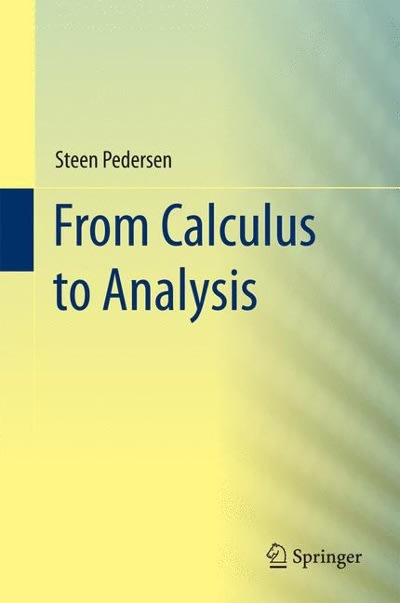Question
Caffeine is the world's most widely consumed mood-altering substance. In North America, about 90% of adults consume caffeine daily. Coffee is the leading dietary source
Caffeine is the world's most widely consumed mood-altering substance. In North America, about 90% of adults consume caffeine daily. Coffee is the leading dietary source of caffeine among adults in Canada, while soft drinks represent the largest source of caffeine for children. People who consume large amounts of caffeine each day may experience physical withdrawal symptoms if they stop taking in their usual amounts of the substance.
In this lab assignment, you will follow an experiment on caffeine dependency conducted on a group of volunteers by some medical researchers.
The researchers recruited 70 volunteers who drink at least 3 cups of coffee each day and are in good health. Of these 70 volunteers, 50 were diagnosed as caffeine-dependent based on some general substance dependence criteria. Of the 50 subjects who were diagnosed as caffeine dependent, 30 agreed to participate in a study to evaluate their caffeine dependency. Before the experiment was conducted, daily caffeine intake measurements for each subject were obtained based on food diaries of the participants.
The experiment was conducted on two 2-day periods which occurred exactly one week apart. During one of the 2-day periods, the subjects were given a set of capsules containing the amount of caffeine normally ingested by the subject in one day. During the other study period, the subjects were given placebos. The order in which each subject received the two types of capsules was randomized. At the end of each 2-day study period, subjects were evaluated in three areas: depression symptoms, fatigue, and concentration. The experimenters were blinded to whether the subject was receiving the caffeine pills or the caffeine-free pills.
Variable Name Description of Variable
| SUBJECT | Subject number (a whole number from 1 to 40), |
| DEPR-CAF | Depression score during caffeine period, |
| DEPR-NC | Depression score during no-caffeine period |
| FATIG-CAF | Fatigue score during caffeine period, |
| FATIG-NC | Fatigue score during no-caffeine period |
| FOCUS-CAF | Concentration/focus score during caffeine period |
| FOCUS-NC | Concentration/focus score during no-caffeine period |
| SMOKER | Smoker status (Y if smoked cigarettes daily, N otherwise), |
| CAFFEINE | Daily intake of caffeine (in mg), |
| CHANGE IN DEPR | Change in depression score (Change = Depr-NC - Depr-Caf). |
Use the data provided to answer the following question:
- First you will examine the experiment design.
a. Can we treat the 30 subjects who agreed to participate in the study as a random sample from the population of all caffeine-dependent individuals? Explain why or why not. Can you generalize the results of the study to the population of all caffeine-dependent individuals? Explain briefly.
b. Why were both the subjects and the experimenters interviewing the subjects blinded to whether the subject was receiving the caffeine pills or the caffeine-free pills?
c. Why was the order in which the two series of capsules were taken randomized?
d. Why were the two study periods held one week apart instead of using two consecutive 2-day periods?
Step by Step Solution
There are 3 Steps involved in it
Step: 1

Get Instant Access to Expert-Tailored Solutions
See step-by-step solutions with expert insights and AI powered tools for academic success
Step: 2

Step: 3

Ace Your Homework with AI
Get the answers you need in no time with our AI-driven, step-by-step assistance
Get Started


